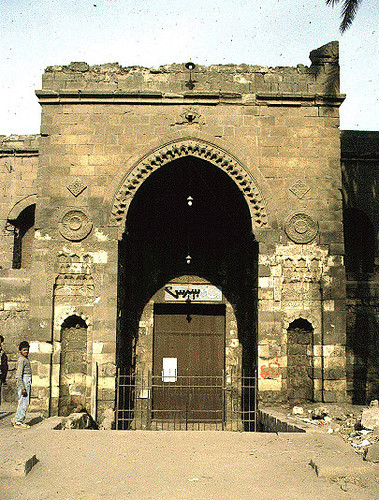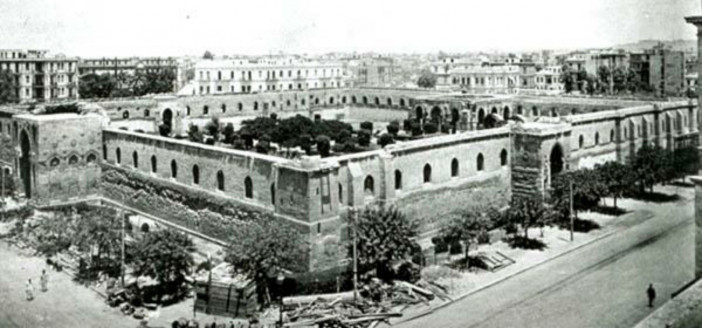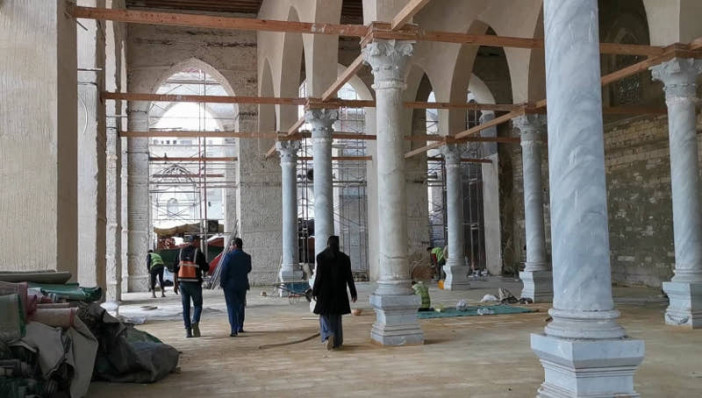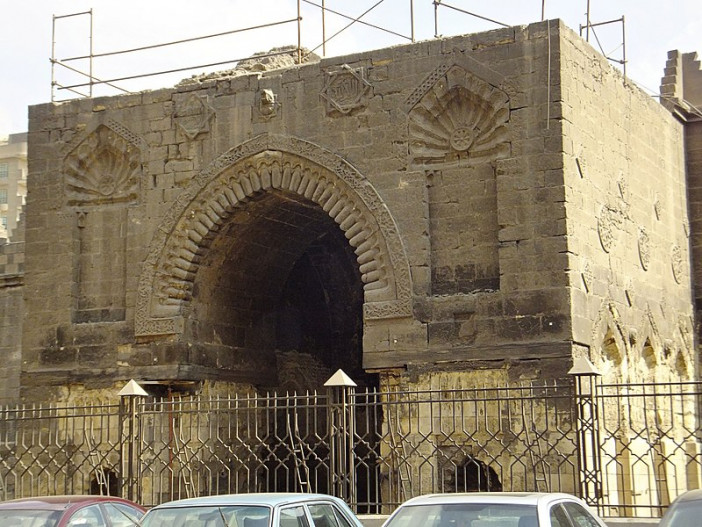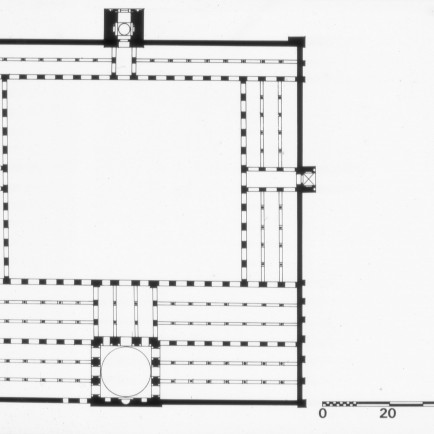The Mosque of al-Zahir Baybars
History
Sultan al-Dahir Baybars al-Bunduqdari was an influential leader and established a strong foundation for Mamluk rule in Egypt.He was a statesman and a prosperous warrior, united Syria and Hijaz with Egypt, conquered significant Crusader lands, attacked Little Armenia, and extended Mamluk domination into Nubian territory. Ordering over.from 1260 to 1277, Baybars instituted many reforms, infrastructure projects, and pious foundations that created the ground for the Mamluk state.addition to his madrassa, Baybars had two mosques built in his name, the mosque at Husayniyya, and another larger mosque built in rural, southern Cairo in 1273, of which nothing remains. In 1267, four years after the construction of Baybars's Madrassa in the middle of the old Fatimid city, he began construction on the mosque at Husayniyya, an area remote from urban life in the northern edge of Cairo. The mosque, which took a year and a half to finish and cost one million dirhams, was the first mosque of the Mamluk period and the first Friday mosque to be built in Cairo in a hundred years.
Urban and Architectural
It is a square, hypostyle mosque, which means that it is a flat-roofed structure supported by pillars. Today,the mosque lacks most of its defining features, including its dome, minarets, roof, and most decoration; but at over 10,000 square meters and 12 meters tall, the impression of its grandeur remains. The mosque has three protruding entrances, the largest of which is on the western wall; the western and eastern aisles both have three colonnades; the south has six, and the north, two. Because from the location of the mosque in the northwest of the city, it has its back to Cairo and all visitors who come from the city. Same.from behind, however, the mosque was recognizable by its large wooden dome in front of the mihrab (the niche in the middle of the qibla wall marking the direction of Mecca).Each entrance was topped with a minaret, meaning that the mosque in Baybars had a minaret more than the mosque in al-Hakim. Apparently, Baybars.wanted the portals to the mosque to resemble his madrassa, however they lack the same architecture or decoration, instead also resembling more closely the mosque of al-Hakim as well. Large pointed the arches create the walls of the mosque's court while supporting the dome, which was the first of its kind to be built anywhere in Egypt.
Description
References
https://www.archnet.org/sites/1552
https://www.qantara-med.org/public/show_document.php?do_id=1064
Details
Location
El-Zaher Square, As Sakakeni, Daher, Cairo Governorate, Égypte
Worshippers
5000
Owners
Sultan al-Zahir Baybars al-Bunduqdari
Year of Build
1260-1277
Area
12000
Drawings
Map
History
Sultan al-Dahir Baybars al-Bunduqdari was an influential leader and established a strong foundation for Mamluk rule in Egypt.He was a statesman and a prosperous warrior, united Syria and Hijaz with Egypt, conquered significant Crusader lands, attacked Little Armenia, and extended Mamluk domination into Nubian territory. Ordering over.from 1260 to 1277, Baybars instituted many reforms, infrastructure projects, and pious foundations that created the ground for the Mamluk state.addition to his madrassa, Baybars had two mosques built in his name, the mosque at Husayniyya, and another larger mosque built in rural, southern Cairo in 1273, of which nothing remains. In 1267, four years after the construction of Baybars's Madrassa in the middle of the old Fatimid city, he began construction on the mosque at Husayniyya, an area remote from urban life in the northern edge of Cairo. The mosque, which took a year and a half to finish and cost one million dirhams, was the first mosque of the Mamluk period and the first Friday mosque to be built in Cairo in a hundred years.
Urban and Architectural
It is a square, hypostyle mosque, which means that it is a flat-roofed structure supported by pillars. Today,the mosque lacks most of its defining features, including its dome, minarets, roof, and most decoration; but at over 10,000 square meters and 12 meters tall, the impression of its grandeur remains. The mosque has three protruding entrances, the largest of which is on the western wall; the western and eastern aisles both have three colonnades; the south has six, and the north, two. Because from the location of the mosque in the northwest of the city, it has its back to Cairo and all visitors who come from the city. Same.from behind, however, the mosque was recognizable by its large wooden dome in front of the mihrab (the niche in the middle of the qibla wall marking the direction of Mecca).Each entrance was topped with a minaret, meaning that the mosque in Baybars had a minaret more than the mosque in al-Hakim. Apparently, Baybars.wanted the portals to the mosque to resemble his madrassa, however they lack the same architecture or decoration, instead also resembling more closely the mosque of al-Hakim as well. Large pointed the arches create the walls of the mosque's court while supporting the dome, which was the first of its kind to be built anywhere in Egypt.
Description


